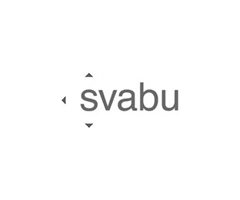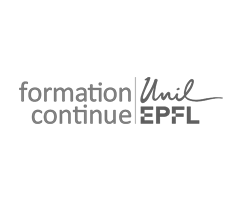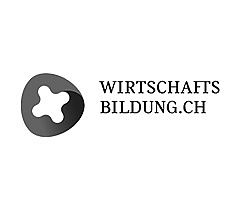Your benefits with Iconomix
Teach topically
Iconomix topics and content are relevant to everyday life and address current issues.
Engage students
Iconomix creates practice-oriented learning experiences full of playful and social interactions.
Adapt individually
Iconomix units can be flexibly adapted to individual lesson plans.
Ensure learning impact
All Iconomix content is grounded in economic theory, didactically sound and tested at schools.
Utilise practical experience
Iconomix is the most widely used supplementary resource for economics and general studies at upper secondary level.
Benefit for free
Students of education and teachers have free access to everything Iconomix offers.


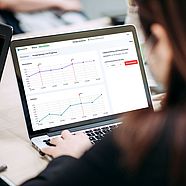








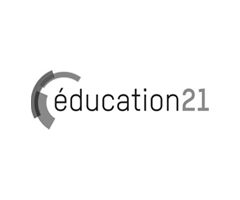
![SFUVET Logo «EHB - Swiss federal university for vocational education and trainig [SFUVET]»;](/fileadmin/_processed_/f/5/csm_sfuvet_5e2b160963.jpg)
